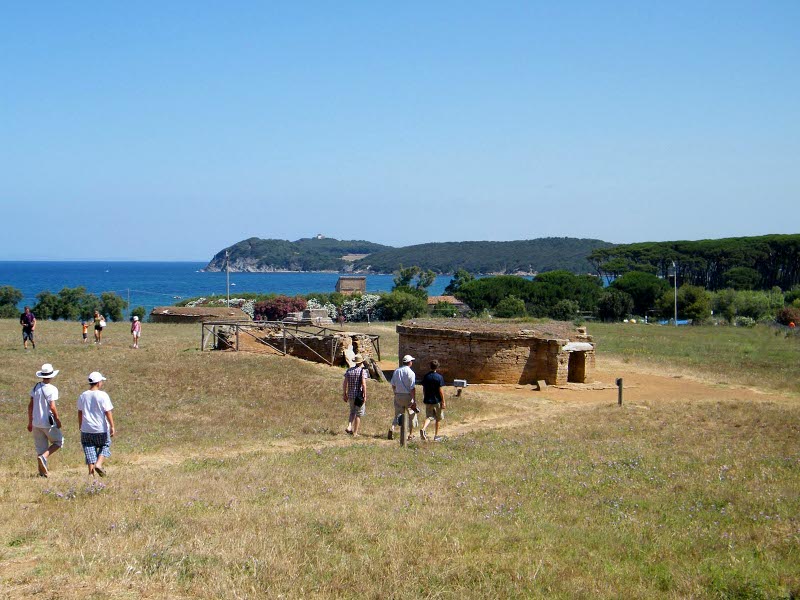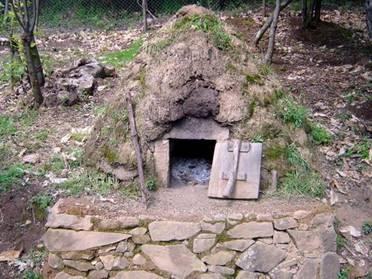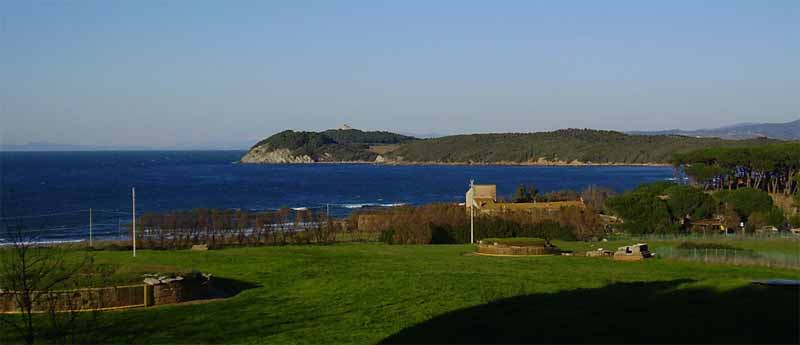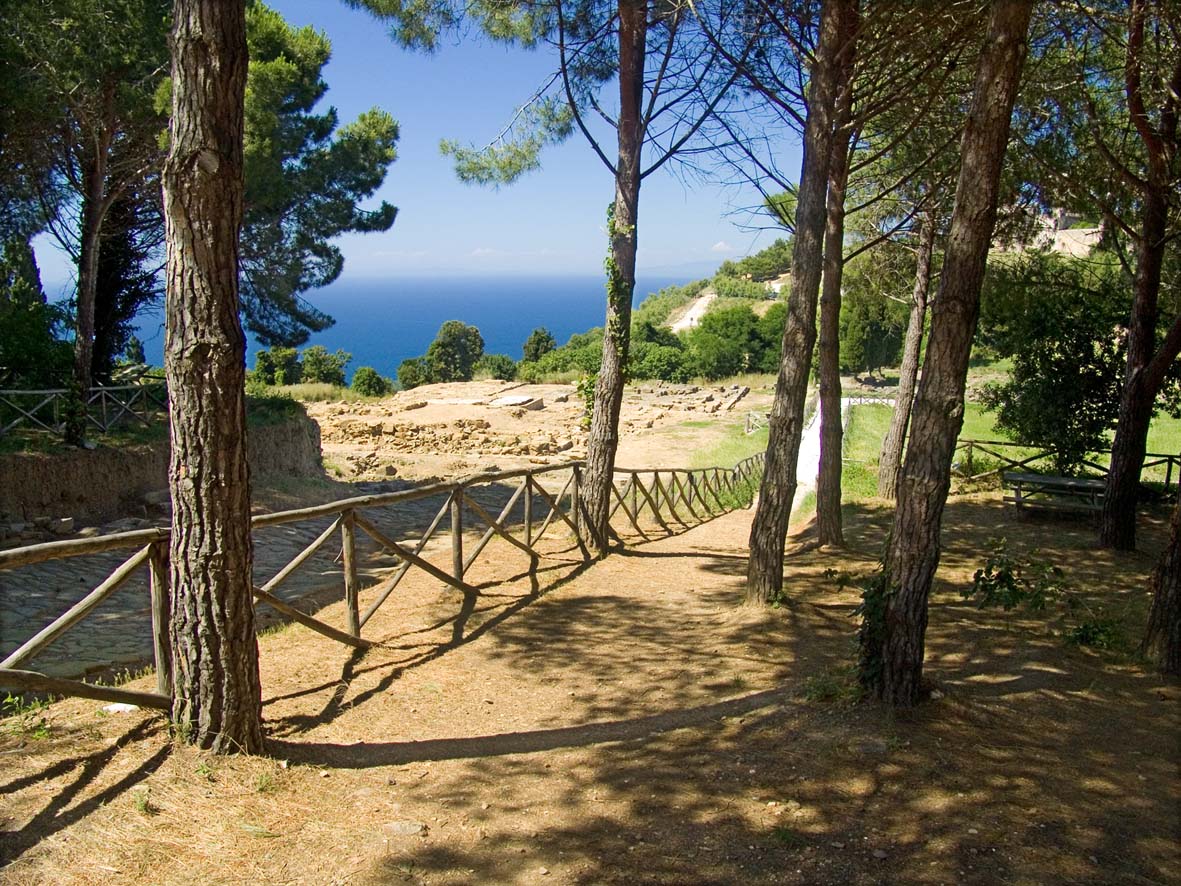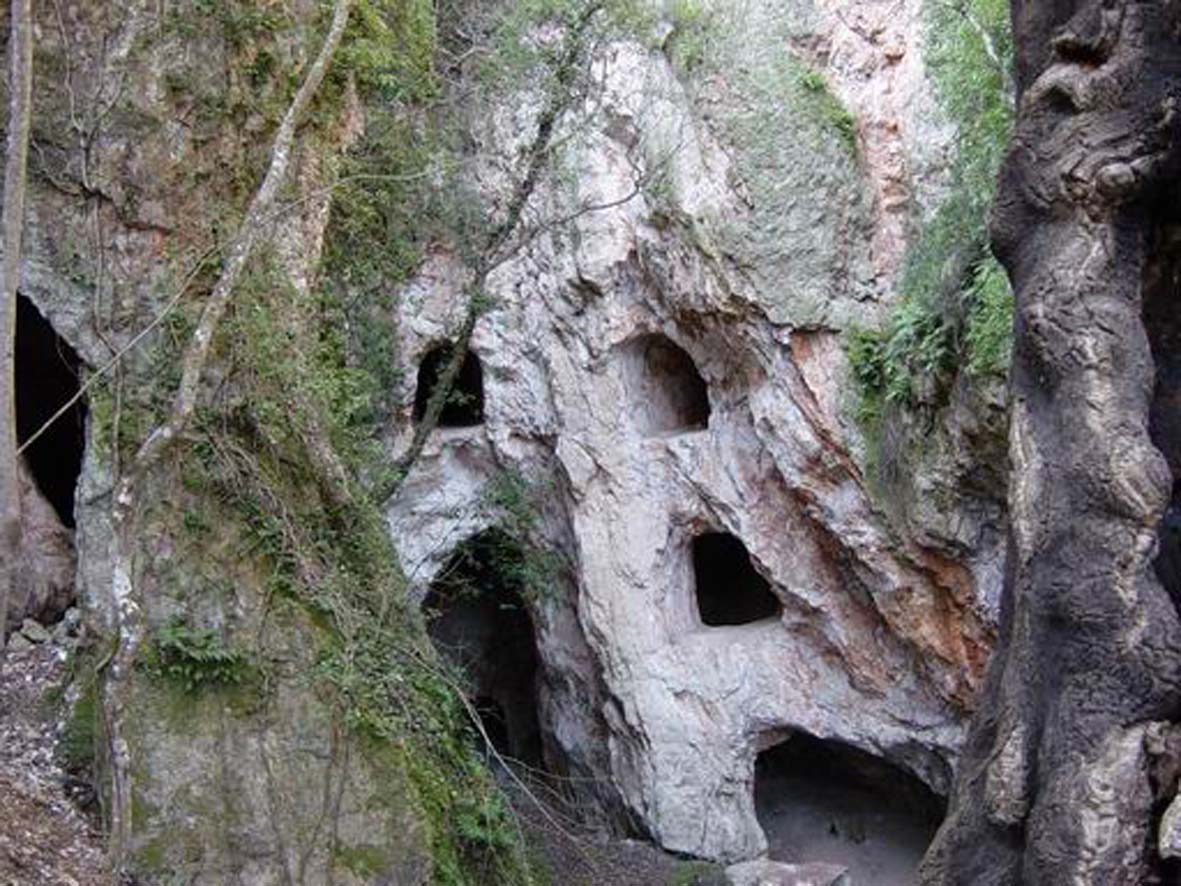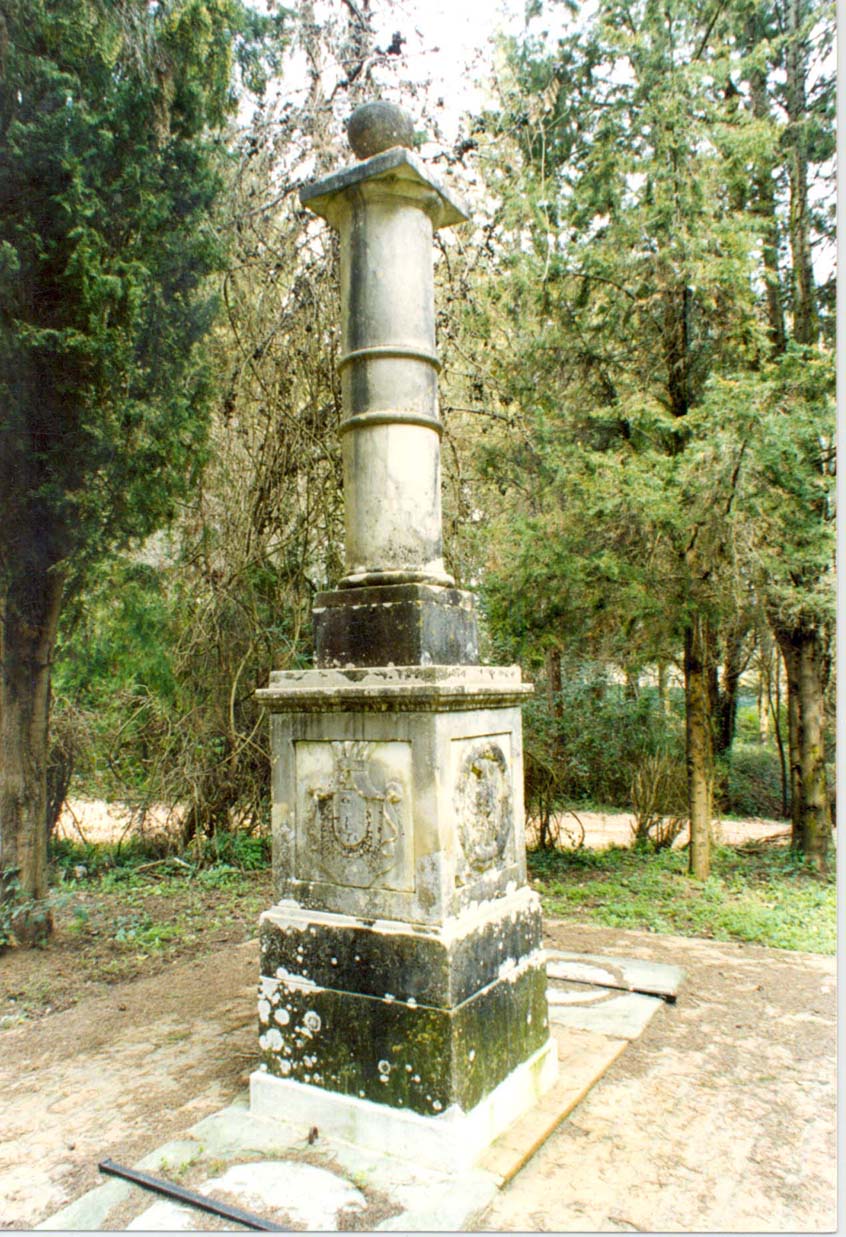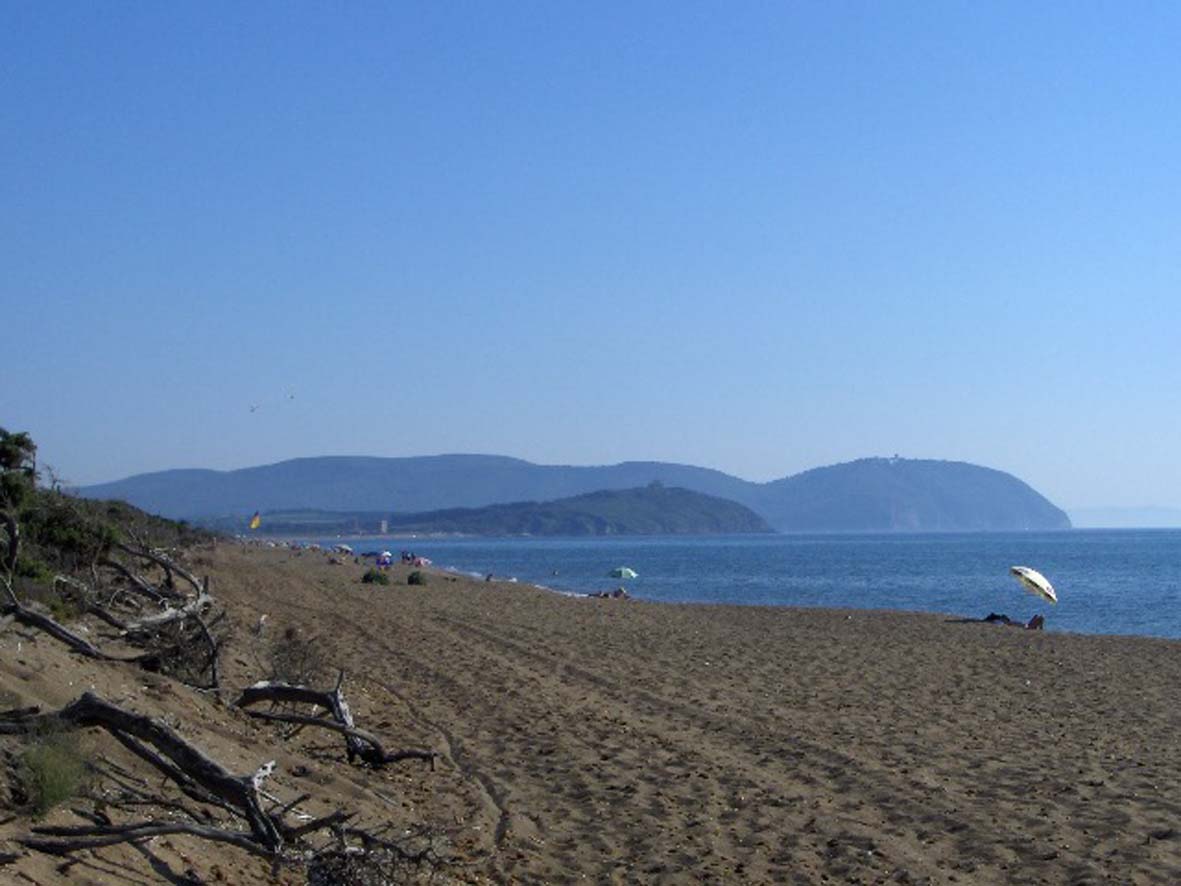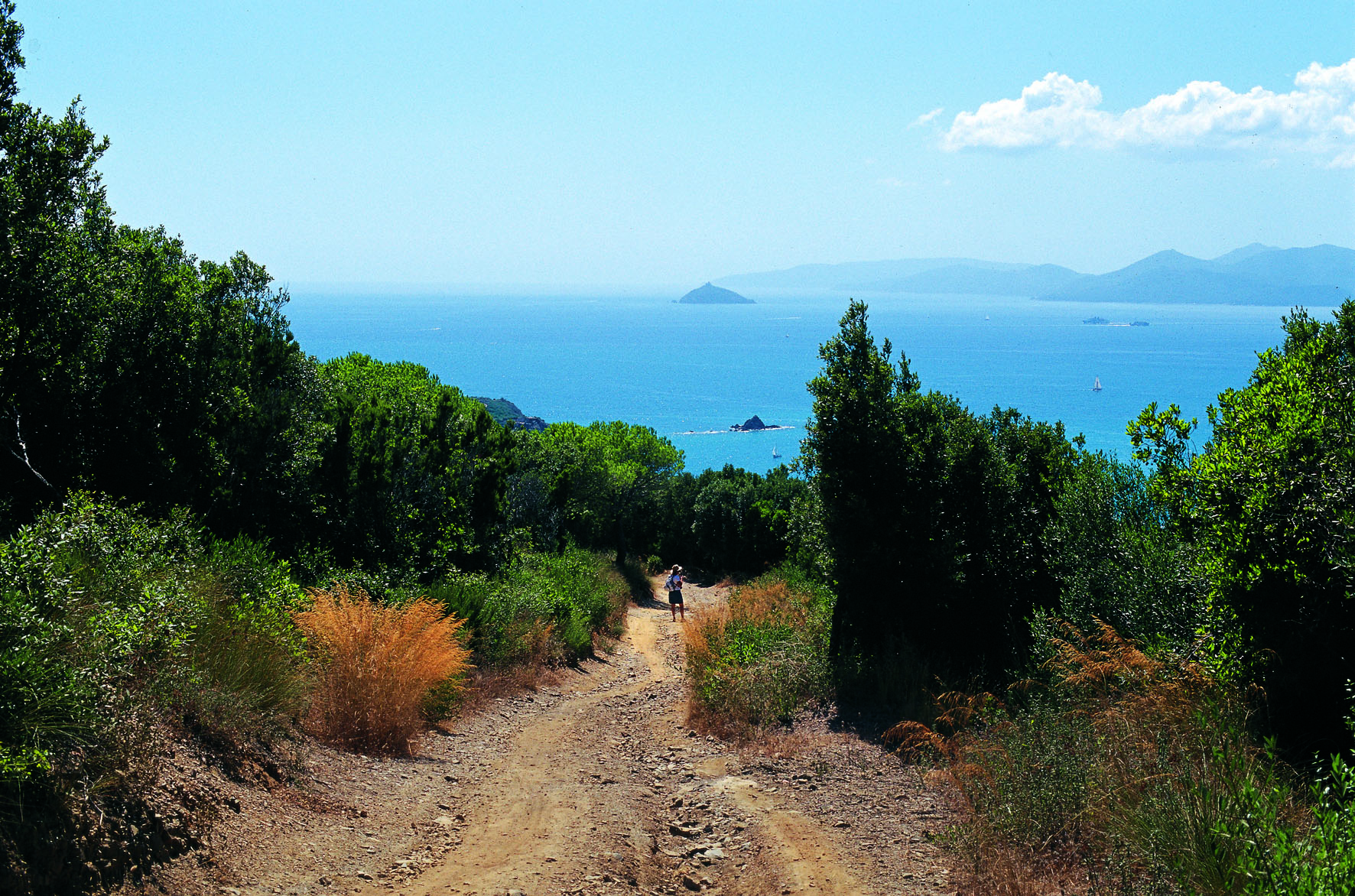
Val di Cornia Parks
This post is also available in:
 Italiano (Italian)
Italiano (Italian)
Parks of Val di Cornia is a set of natural and archaeological facilities in the provinces of Grosseto and Livorno. This collection of green areas ideally follows a historical-naturalistic path that, from the coast to the hills, goes across the areas that used to be inhabited by the Etruscans and featured massive extraction and processing of metals.
The Archaeological Park of Baratti and Populonia extends between the promontory of Piombino and the Gulf of Baratti, where the Etruscan and Roman city of Populonia once stood – it was renowned for the metallurgical activity linked to the production of iron.
The park includes part of that very Etruscan and Roman town, with the necropolis, quarries and industrial districts where minerals used to be processed.
The Archaeological Mines Park of San Silvestro is set in an area rich in sulfurous minerals and its history is in fact closely linked to mining activities – as evidenced by the Museum of Archeology and Minerals, the Temperino Mine, and the Galleria Lanzi- Temperino. Right there, visitors can enjoy a short train ride to retrace the journey of minerals, from the mines to the treatment plants.
The Sterpaia Coastal Park extends along the Tyrrhenian coast of Livorno, in the wide Gulf between Piombino and Follonica. The Park stands out mostly for its centuries-old oak forest, which is home to species typical of humid environments like ash trees and oaks. There are also broad-leaved trees such as Turkey oaks, downy oaks, field maples, Montpellier maples, and field elms.
The suggested route also follows a poetic-artistic itinerary where a connection between nature, poetry, and art is thoroughly covered; near the most significant and impressive oaks, nine areas feature bronze works of art by the sculptor Marcello Guasti from Florence. Each sculpture comes with a poetry verse carved on the trunk of some spontaneously fallen trees.
The Rimigliano Coastal Park is a coastal strip that includes, on one side, the dune area and the beach, while on the other there are agricultural facilities and the mixed forest with a prevalence of oak species. The sandy area is made of both mobile dunes, close to the shore and featuring pioneering vegetation like
Marram grass; it also includes plants with prominent flowering, such as sea lilies, yellow horned poppies, marine chamomile (Anthemis maritima L.), and helichrysum.
The dunes in the back are covered with pine forests or Mediterranean scrub, with evergreen shrub species such as cade, Phoenician juniper, phillyrea, mastic tree, myrtles, Italian buckthorns, and cistus.
The Montioni Natural Park consists of a hilly landscape covered by Quercus cerris on the valley floor and holm oak woods at a higher altitude. Some botanical rarities can be found in this park such as the pasture goatsbeard (Geropogon glaber), the fowl bluegrass (Poa palustris), and the trailing snapdragon Asarina procumbens. The Park is an ideal place for many wildlife species, as evidenced by the abundance of ungulates (fallow deers, roe deers, and wild boars), and other mammals such as weasels, foxes, hedgehogs, and porcupines.
The Poggio Neri Forest Park consists of an extensive hilly forest dominated by holm oaks and chestnut trees. Inside the park, it is possible to visit the “Museo del Bosco” (the “Museum of the wood”): a themed itinerary that explores the daily life and activities of chestnut gatherers and charcoal burners along “Via del Carbone” (the “Coal Route”). Several information panels illustrate the latter subject in detail, covering wood transportation by pack animals, preparation of the charcoal pits, and coal extraction.
This post is also available in:
 Italiano (Italian)
Italiano (Italian)
Contatti
Via Lerario 90 - Piombino(LI)
0565 49430
parchi.valdicornia@parchivaldicornia.it

